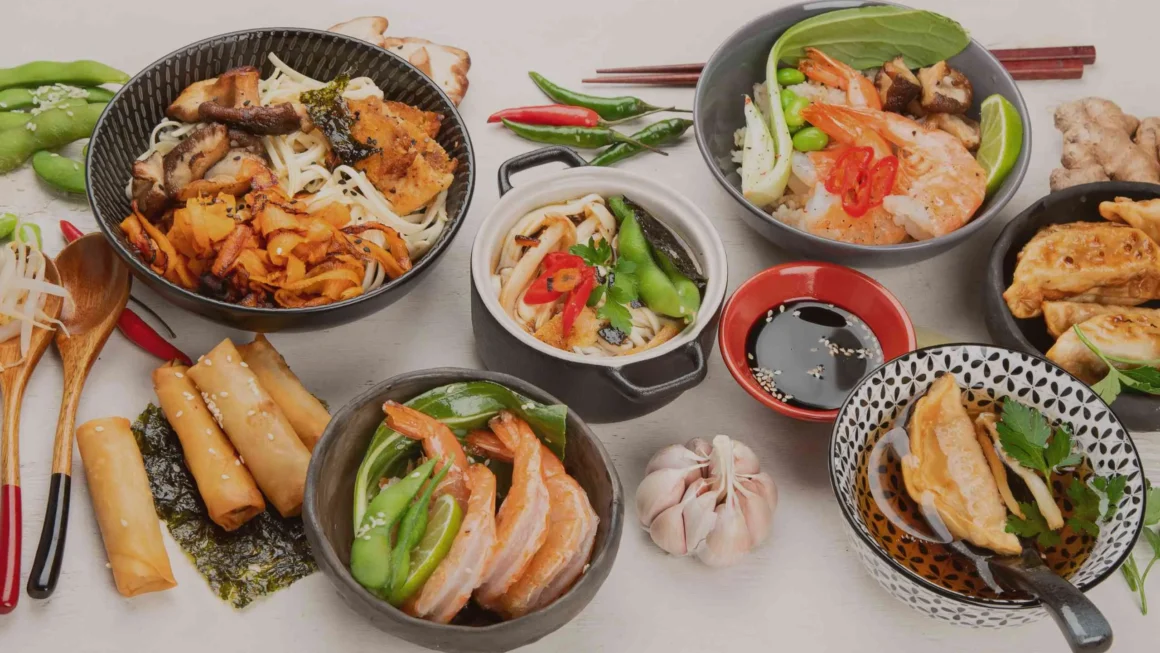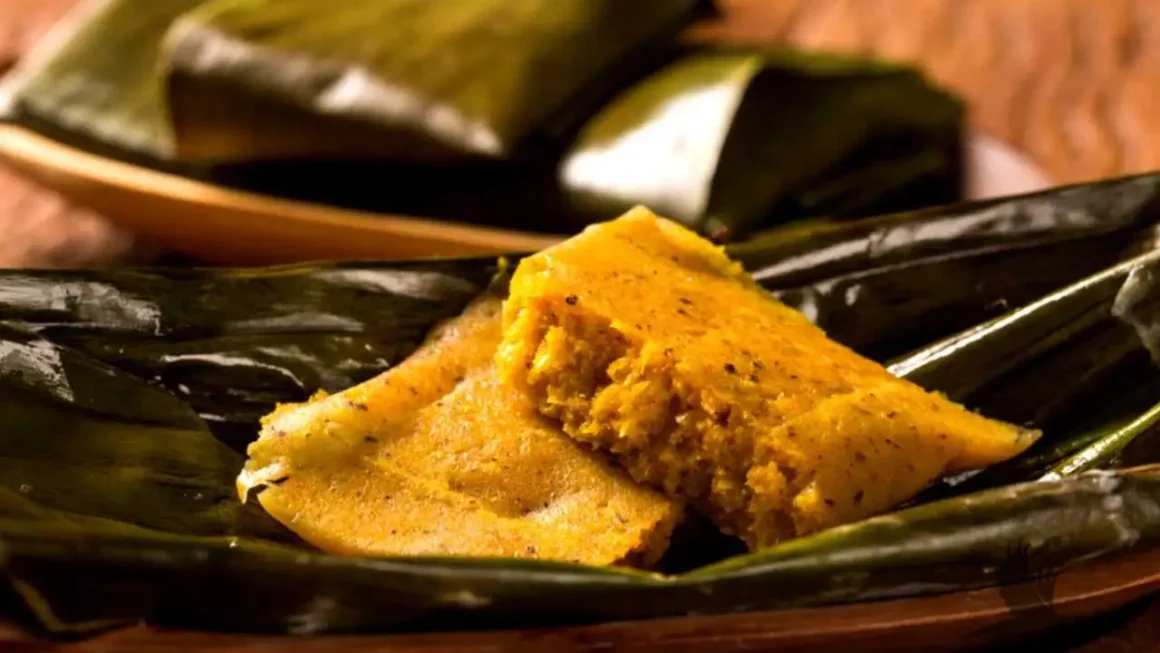In the heart of the Caribbean, on the sunny island of Barbados lies a linguistic treasure – the Bajan dialect. This colorful and rhythmic language is more than just an accent; it’s a vibrant expression of the island’s culture, history, and spirit. In this post, we dive into the nuances of Bajan dialect, exploring its roots, its unique phrases, and the charm that makes it an integral part of the Bajan identity.
The Roots of Bajan Dialect
Bajan dialect, also known as Bajan Creole, is a melodic blend of English and West African languages. This rich linguistic tapestry has evolved over centuries, shaped by the island’s history of colonization and its African heritage. The dialect reflects the resilience and creativity of the Bajan people, who have transformed the language of their colonizers into something uniquely their own.
Decoding the Rhythm: The Sound of Bajan Dialect
The first thing you’ll notice about the Bajan dialect is its musical rhythm. It’s a dialect that dances on the tongue, with a cadence that echoes the island’s calypso and reggae beats. The pace is relaxed but expressive, with a sing-song intonation that turns every conversation into a melody.
Common Bajan Phrases and Their Meanings
To truly speak like a Bajan, one must master the local phrases that are staples of everyday conversation. Here are a few:
- Wuh yuh say?”: Simply means “What did you say?” or “How are you?”
Cheese on bread!”: An exclamation of surprise, similar to “Oh my goodness!”
“Lemme tell wunna”: Translates to “Let me tell you,” used when sharing information or a story.
“I gine lef’ now”: Means “I am going to leave now.”
“Tek it easy”: Equivalent to “Take it easy” or “Relax.”
The Art of Bajan Slang: A Closer Look
Bajan slang is filled with vibrant expressions, each reflecting aspects of Barbadian life. For example, “lime” or “liming” is an essential term in the Bajan vocabulary, meaning to hang out or relax, usually with friends. Then there’s “bubbling,” which means cooking, especially in a slow, simmering way.
Proverbs: The Wisdom of Bajan Dialect
Bajan proverbs are nuggets of wisdom passed down through generations. They often contain humor and wit, offering advice or insights about life. For example, “Hard ears yuh won’t hear, own way you gine feel,” means if you don’t listen to advice, you’ll learn the hard way.
Understanding Bajan Pronunciation
Pronunciation in Bajan dialect can be a delightful challenge. The dropping of the final ‘r’ in words is common, so ‘water’ becomes ‘wata’. The ‘th’ sound often turns to ‘d’, turning ‘this’ into ‘dis’. Vowels are elongated, and consonants are sometimes softly pronounced, adding to the dialect’s musical quality.
The Role of Bajan Dialect in Barbadian Culture
Bajan dialect is not just a means of communication; it’s a symbol of Barbadian identity. It’s used in music, literature, and everyday conversation. It’s a source of pride and an expression of the island’s unique history and culture.
Tips for Visitors Trying to Understand Bajan Dialect
- Listen First: Spend time listening to locals speak. Bajan dialect is best learned by immersion.
Don’t Be Afraid to Ask: Bajans are known for their friendliness. If you don’t understand something, just ask.
Practice: Try using Bajan phrases in your conversations. It’s a great way to connect with locals.
The Heartbeat of Barbados in Its Dialect
Understanding the Bajan dialect is like holding a key to the heart of Barbados. It’s a dialect that embodies the warmth, humor, and resilience of its people. Whether you’re exploring the island’s sun-drenched beaches, dancing to calypso music, or chatting with locals at a fish fry, the Bajan dialect adds an extra layer of richness to the experience. So next time you find yourself in Barbados, remember to “tek it easy” and enjoy the sweet rhythm of Bajan talk.




